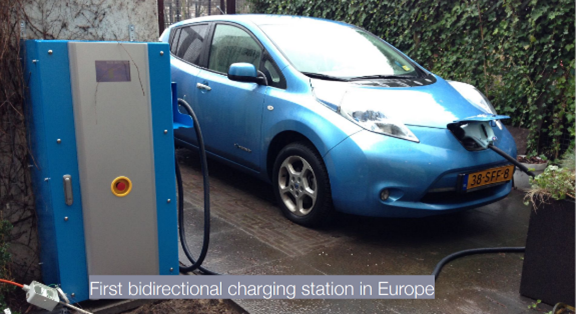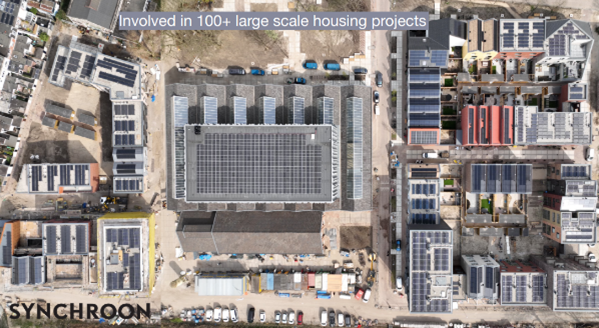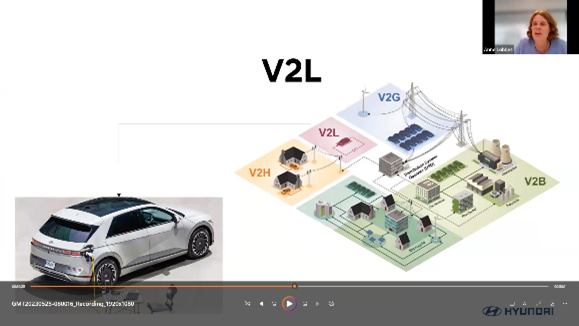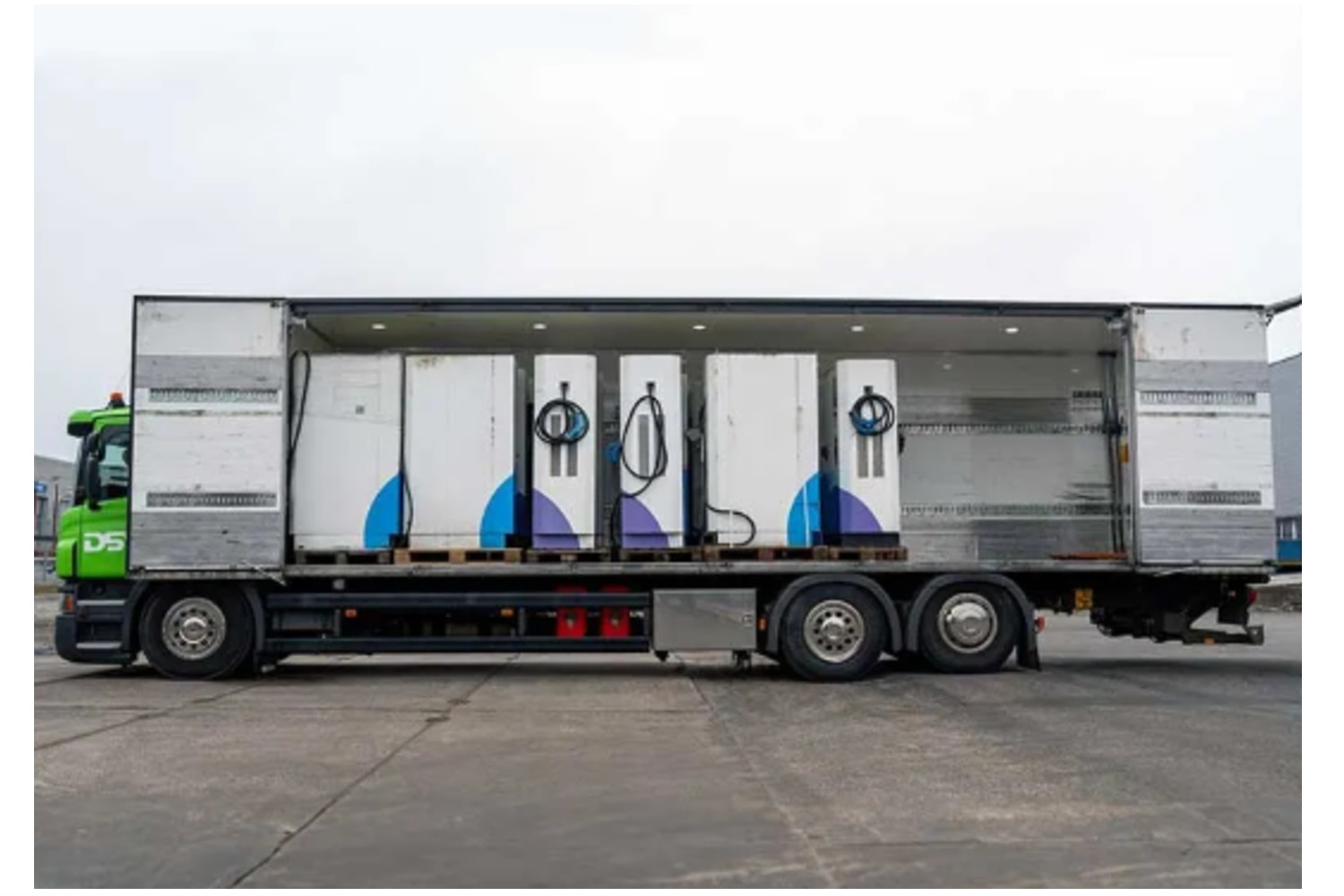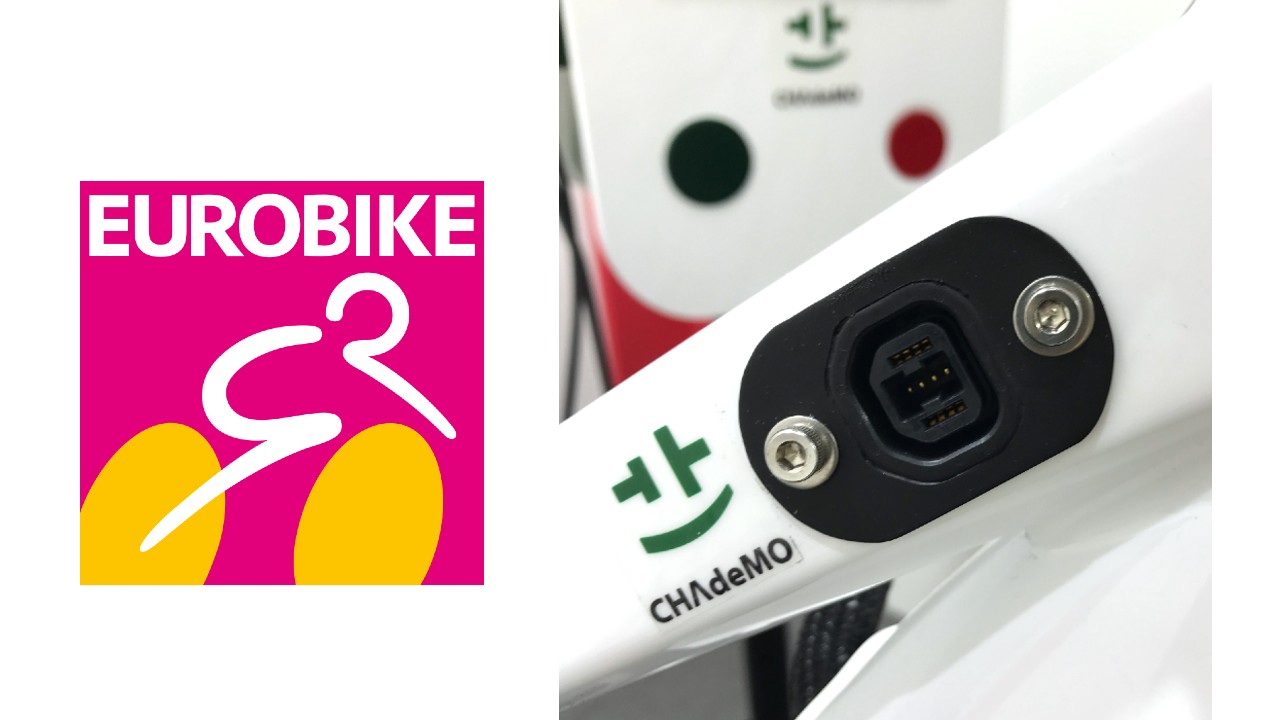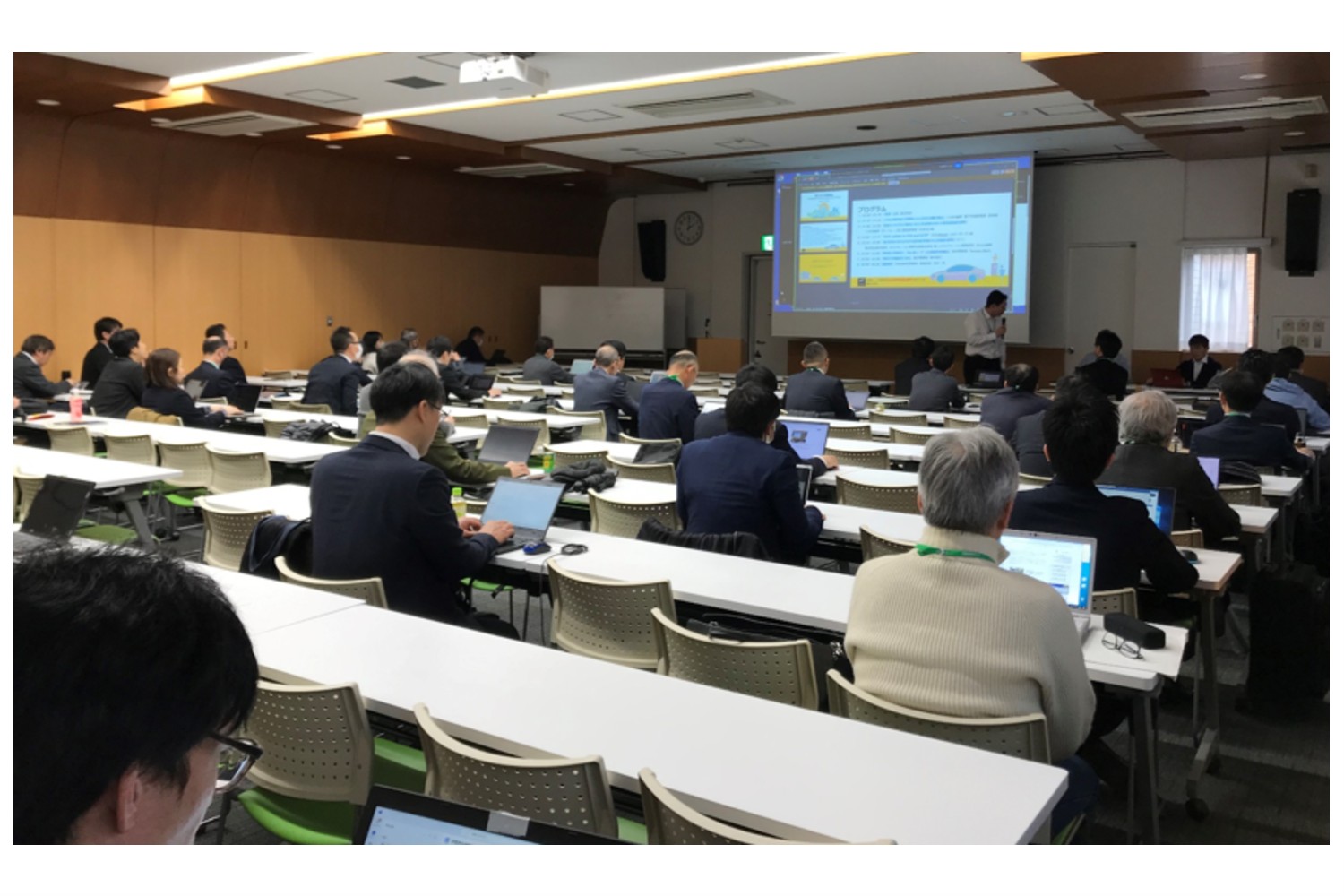On 25 May, CHAdeMO organised the 9th edition of V2G webinar focusing on V2G AC.
Speakers:
Robin de Berg, Director, We Drive Solar - Presentation available here
Anne Lobbes, Public Relations Manager, Hyundai Motor Nederland - Presentation available here
Utrecht, a city in the Netherlands, is now on the road to becoming the world's first smart bi-directional city, with its network of AC V2G charging stations. The driving force behind this initiative is collaborative efforts of actors including grid operators, local authorities, OEMs, and mobility solution providers.
Utrecht currently has a city network of more than 500 chargers, and V2G compliance is required for all public charging infrastructure tenders. This initiative by the municipal government facilitated the deployment of V2G across the region, avoiding the chicken-and-egg problem between EVs and charging infrastructure first.
It all started almost 10 years ago when Robin Berg, Director of We Drive Solar, a Utrecht based company delivering solar e-mobility services, bought a Nissan Leaf, his first EV. Leaf, which uses the CHAdeMO protocol, already had bi-directional charging capability at the time. Robin imported a V2G charger from Japan and built Europe's first V2G charging system in the garden of his office. The company managed to operate 24 hours a day using solar energy. The city and region of Utrecht have then shown a high level of interest in implementing V2G at a larger scale, recognising that with this technology it is possible to achieve a 100% renewable energy system.
Following the 1st testing phase conducted with Renault in 2019, We Drive Solar launched a new V2G demo project last year in collaboration with Hyundai Motor Company to assess large-scale feasibility and potential benefit of AC V2G. For this, 25 units of IONIQ 5, specially modified for the trial, were deployed in the form of car-sharing for the residents of large housing projects. Combined with a comprehensive system of solar panels and charging stations, it is expected to provide power to 2,530 households in Utrecht, electrifying everything, including heating.
For Hyundai, which had offered 'Vehicle-to-Load' (V2L) prior to this project, this is an opportunity to test the V2G capabilities of its vehicles. According to our second speaker, Anne Lobbes of Hyundai Netherlands, they are already gaining a lot of experience and hoping to bring the production model of V2G compatible cars sometime soon (of course, no specific schedule was disclosed.)
One key question at this webinar by CHAdeMO, provider of DC charging protocol, was why Utrecht has chosen AC and not DC for V2G. According to Robin, either AC or DC would have been finefor them, but as Utrecht already had a large number of AC chargers across the city and the region, using the on-board V2G was a ‘natural choice’ for them. (NB: To learn more about the pros and cons of AC and DC V2G, please watch our 4th webinar.)
An interesting learning from the Utrecht project was that consumer awareness/acceptance was irrelevant to the spread of V2G: ‘You don't need to convince them to be interested in V2G,’ revealed Robin, ‘As long as you offer a solution, a lot of people, especially those with solar panels on their roofs, would embrace it immediately.’ Indeed, the recent energy crisis has made people realise that solar power is one of the most viable options for reducing electricity bills. Last year alone, half a million people installed solar panels on their roofs in the Netherlands. V2G is a reliable and cost-effective way to store power generated during the day and use it in the evening when electricity consumption is the highest.
For more information about the project, follow the We Drive Solar LinkedIn page.


